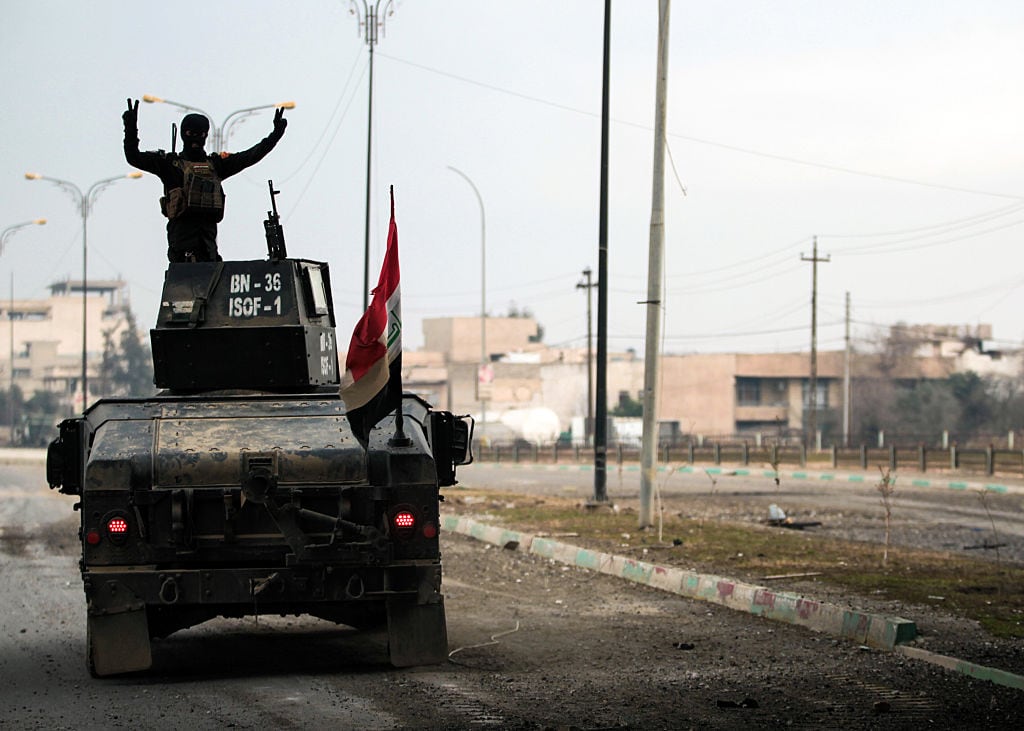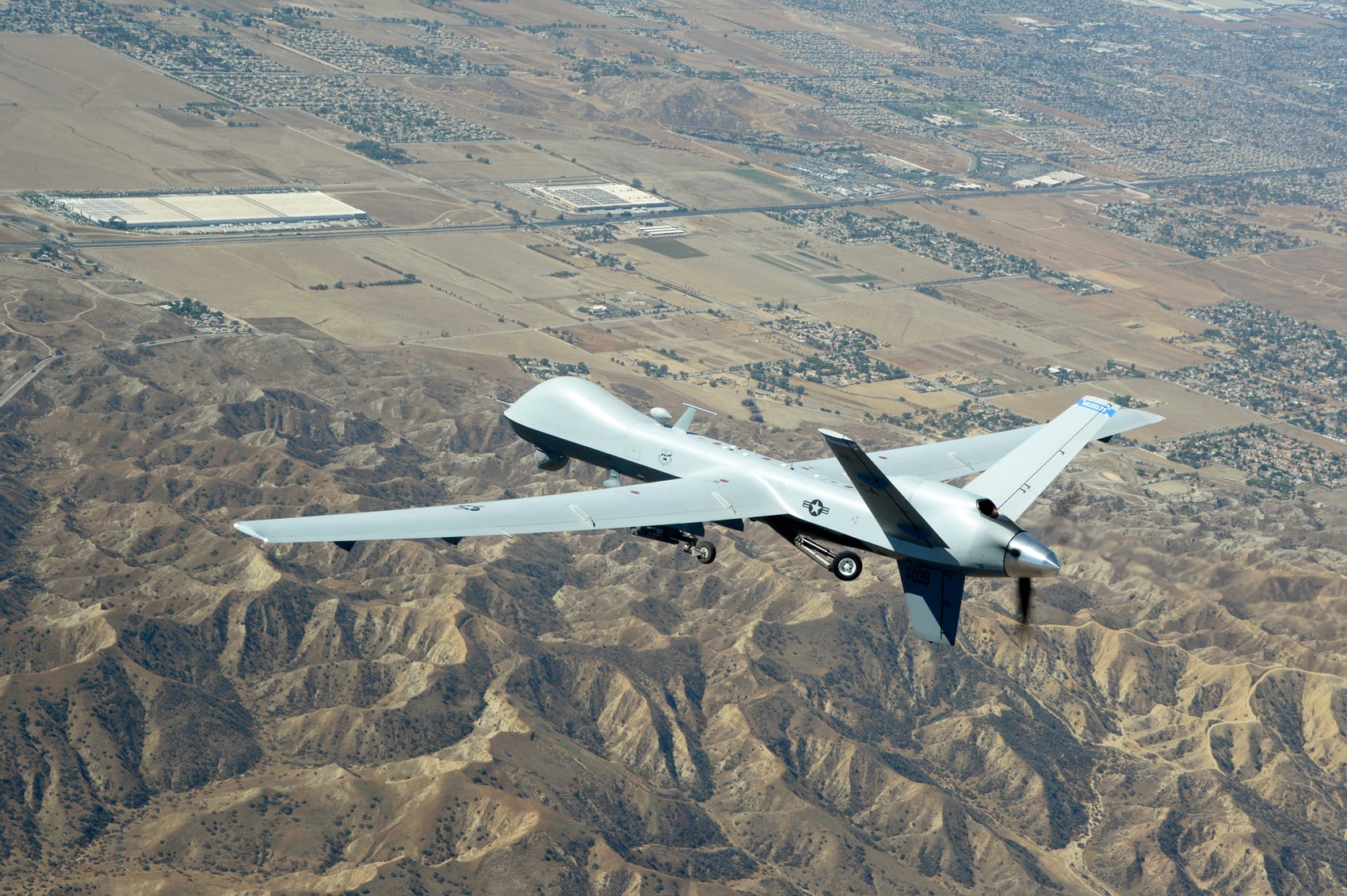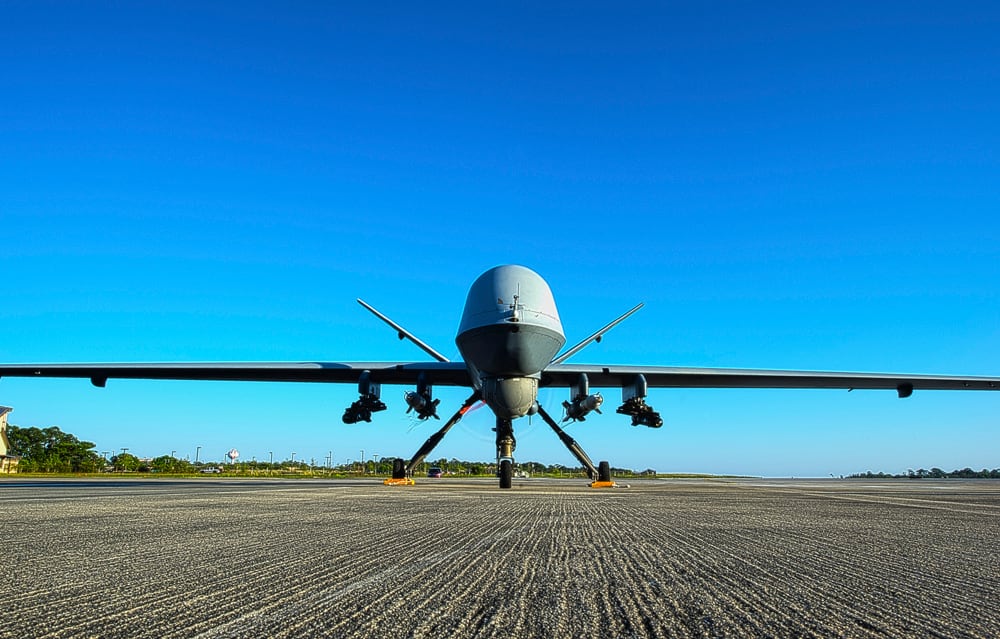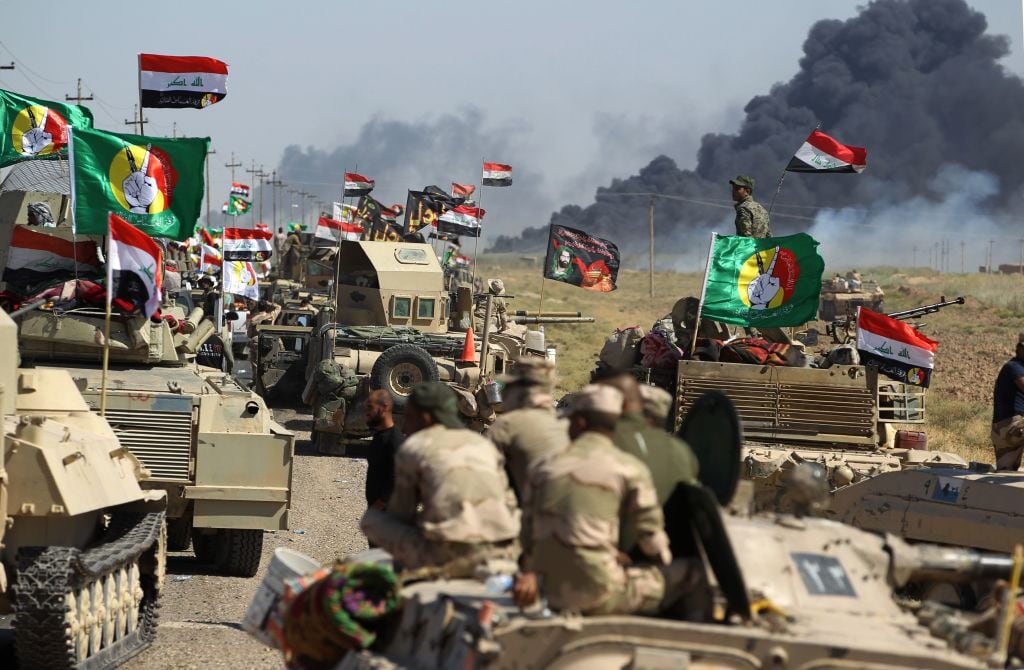WASHINGTON — Iraqi forces have launched an operation to liberate the last remaining territories under ISIS control in Iraq.
Al-Qaim and Rawa are the last remaining territories controlled by ISIS militants in Iraq. U.S. officials in Baghdad estimate that there may be nearly 1,500 ISIS fighters in al-Qaim.
“The heroic legions are advancing to eliminate the last bastion of terrorism in Iraq to liberate al-Qaim, Rawa, villages and towns in western Anbar, all of which will return to the homeland,” Iraqi Prime Minister Haider al-Abadi said in a statement posted to Facebook Thursday morning.
Al-Qaim is a strategic town located near the Syrian border that was captured by ISIS militants in June of 2014. Before its capture, the town boasted a population of roughly 150,000 inhabitants, according to U.S. officials at Operation Inherent Resolve.
ISIS has rapidly lost territory since the fall of Mosul in mid-July. The city of Tal Afar was liberated by Iraqi forces in August, and the town of Hawija was freed of ISIS militants in mid-September after a mere couple weeks of fighting.
ISIS’ de facto capital city of Raqqa was liberated by U.S.-backed the Syrian Democratic Forces in mid-October after just four months of fighting. SDF fighters backed by U.S. airpower have continued an offensive against ISIS in Deir Ez-Zour province along the Middle Euphrates River Valley.
The rapid deterioration of ISIS has called into question the militant group’s capability to launch offensive operations and the current state of its core leadership.
According to Col. Patrick Work, the commander of the 82nd Airborne Division’s 2nd Brigade Combat Team, ISIS’ rapid collapse largely is due to the resources the terror group expended defending Mosul.
The nearly nine month battle sapped the group’s manpower and logistics, Work told reporters during a phone interview in early October.
RELATED

However, the liberation of al-Qaim and Rawa will not be the end of ISIS. Though the group is losing its territorial land holdings, U.S. officials are looking for signs the group may try to reconstitute itself.
While ISIS’ physical caliphate has crumbled, its ideology is still pervasive throughout ungoverned territories in the Middle East, North Africa, West Africa and the Horn of Africa.
The group still controls territory in Yemen where a drone in mid-October by U.S. unmanned aircraft targeted a training camp run by the terror group.
RELATED

U.S. drone strikes have also targeted ISIS in Libya this fall. The terror group still holds onto territory in the Libyan desert since the group’s ouster from the Libyan city of Sirte in December.
RELATED

ISIS militants are also suspected of the attacks that killed four U.S. soldiers in Niger Oct. 4.
“As we clear remaining ISIS held areas in Iraq and Syria we’re on the verge of discovering that ISIS’ external operations can continue to function without territorial control,” Jennifer Cafarella, an ISIS expert at the Institute for the Study of War told Military Times.
Shawn Snow is the senior reporter for Marine Corps Times and a Marine Corps veteran.




